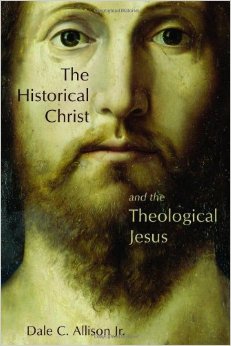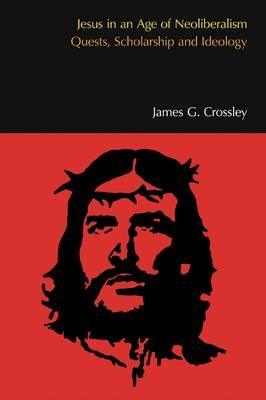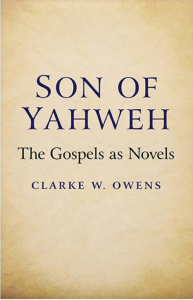James McGrath has posted that it is time to return to the Jesus mythicism question. He writes:
It’s time to return once again to the subject of Jesus mythicism, the stance that denies the overwhelming consensus of professional historians and scholars that there most likely was indeed a historical Jesus of Nazareth.
Translated, that means it is “time to return to addressing those who question the conventional wisdom bequeathed to us from our society’s Christian heritage.” The use of the word “consensus” makes it sound as if the belief in the the historicity of Jesus is a position arrived at by serious research on the part of all those “professional historians and scholars”. But we know that is not the case because Bart Ehrman let a terrible secret out of the bag when he wrote:
Odd as it may seem, no scholar of the New Testament has ever thought to put together a sustained argument that Jesus must have lived. To my knowledge, I was the first to try it . . .
I also find the phrase “most likely” confusing in the context. “Most likely” suggests to me that there is some room for doubt, however slim. The words suggest something short of “definitely” or “without doubt”. Yet the very suggestion of any doubt at all is what appears to offend McGrath.
Another framing word in his introduction is “denies’. That word allows him to follow up with “denialist” to characterize sympathy with the mythicist argument. Denialism suggests irrational stances and is hardly a fitting word to be used of scholarly disagreements. Would not the word “disagrees” be more appropriate and accurate?
Next, McGrath comes to the immediate point of his pot:
Evidence about his brother James (Jacob) is an important factor in historical reasoning on this subject.
By adding Jacob in parenthesis beside the name James indicates to the reader that the author is aware of subtleties in the primary sources and so is presenting a scholarly argument.
But what follows is a quotation by someone who regularly demonstrates a lack of awareness of the fundamentals of methods of historical research and who routinely uses personal insults to smokescreen the weaknesses and fallacious nature of some of his arguments.
The post to which McGrath directs readers rests on the most fundamental errors of historical research. Its author, Tim O’Neill, simply assumes that the letter to the Galatians that he sees before him is just what a mid-century Paul originally wrote. To raise the well known fact that textual variants were the norm for ancient letters, especially Paul’s, and that there is indeed evidence that points to the possibility that Paul did not write those words.
After more loaded language and ad hominem aspersions against mythicists (they are too predictable and too numerous to bother discussing one by one here) McGrath does actually say something that I fully agree with:
Each piece of evidence needs to be evaluated on its own merits. And the fact that some evidence does not confirm something should never be treated as undermining what the positive evidence shows.
Exactly.
Unfortunately, McGrath appears to be so committed to the historicity of the central person of his own religious faith that he can allow no room whatever for any suggestion of doubt. That one piece of “evidence” (I would call it “data” waiting to be interpreted to see whether or not it is evidence for or against a proposition) appears to be all he needs to establish not merely “most likely” but that there “definitely without any shadow of doubt” was a historical Jesus.
If you know my sibling and they mentioned me, but you have also heard a number of improbable things about me (whether that my parents won the lottery just in time to pay the medical bills after I was born, that I have been interviewed by MTV News and E! Online, or that I have a tenure track position at a university), the latter details should not be evaluated as reasons to doubt my historicity. This sort of probability calculation may be appropriate to figuring out the likelihood that some individual in theory would happen to have my unique combination of characteristics. But once my existence is established, even ludicrous claims that turn out to be false do not make my existence less likely.
I have bolded and italicized the last words. Here McGrath contradicts his opening claim in which he indicated that the historicity of Jesus was the “most likely” explanation to account for the data. Rather, he concludes by saying that there is nothing that could make the existence of a person any “less likely” once it has been established by the meeting of one known to be the person’s sibling. That sounds to me as though he takes Galatians 1:19 as definitely, unequivocally, establishing the historicity of Jesus.
I think at this point it is time to examine each piece of evidence and evaluate it on its own merits. And that means going back to the most fundamental rules of assessing the nature of the documents we have and the totality of data that bears upon the question. That’s what I have tried to do in my post Does “Brother of the Lord” settle the Jesus myth question?








